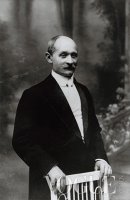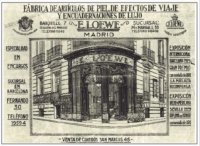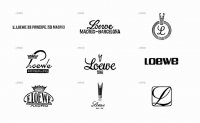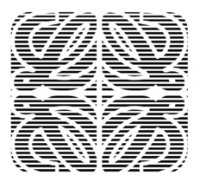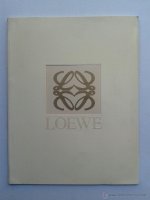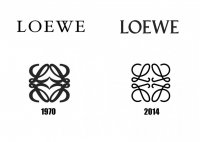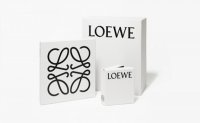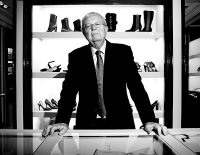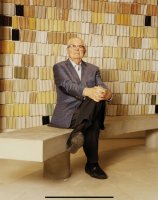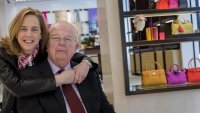I just found this out and thought it was pretty cool!
I know lots of people are fans of Loewe on this forum (and with good reason, the bags are beautiful). But - did you know... That Lodis is essentially Loewe created for the US market?
"When Lodis was established more than 40 years ago by European designers Loewe of Spain and Dan Segat, its original collection was specifically created for the U.S. market using Loewe's time honored skills, leather, and craftsmanship."
"The name, LODIS, was created from this initial union, combining LO from Loewe with Dan Segats initials DIS to create LODIS."

I know lots of people are fans of Loewe on this forum (and with good reason, the bags are beautiful). But - did you know... That Lodis is essentially Loewe created for the US market?
"When Lodis was established more than 40 years ago by European designers Loewe of Spain and Dan Segat, its original collection was specifically created for the U.S. market using Loewe's time honored skills, leather, and craftsmanship."
"The name, LODIS, was created from this initial union, combining LO from Loewe with Dan Segats initials DIS to create LODIS."


